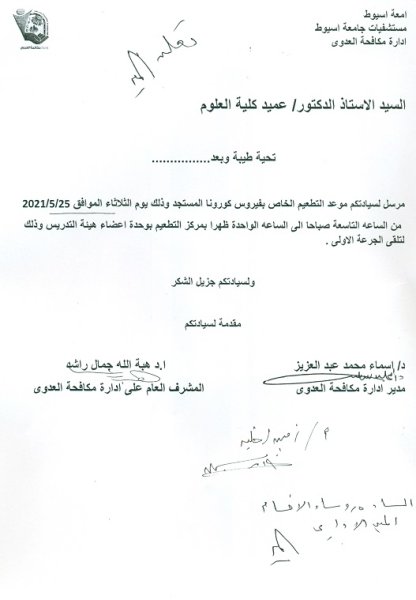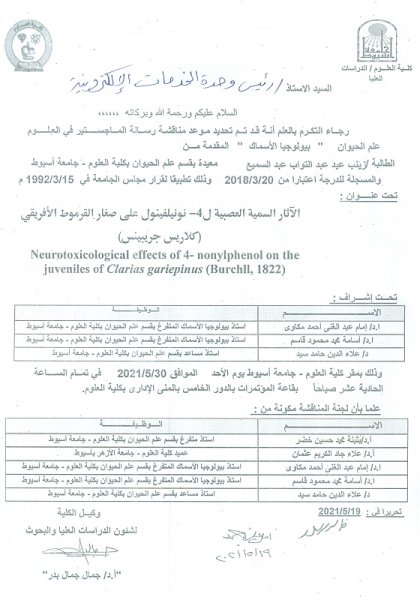Sequence stratigraphic framework of the Upper Eocene–Oligocene succession, northwest Birket Qarun, Fayum Egypt
The Upper Eocene–Oligocene sequence exposed northwest Birket Qarun; Fayum district covers two rock units, Qasr ElSagha (Temple and Dir Abu Lifa members) and Gebel Qatrani formations were re-evaluated by sequence stratigraphy. Six depositional sequences were recognized based on facies geometry, and sedimentological aspects. The frst sequence (Temple Member) was accumulated under marginal intertidal fat environment indicating highstand deposits. The second (the lower Dir Abu Lifa Member) displays a regressive sedimentary facies starting with progradational delta front environment refecting lowstand deposits followed upward by a lagoonal environment indicating transgressive/highstand deposits. The third (the top of the Dir Abu Lifa Member) was accumulated under a low sinuosity stream refecting lowstand deposits. The fourth which constitutes the topmost of Dir Abu Lifa Member initiating near-shore shallow marine points to transgressive sediments, followed upward by fuvial sediments refecting highstand deposits. The ffth (the Lower of Gebel Qatrani Formation) accumulated as point-bar deposits demonstrating lowstand deposits. The last occupies the main of Gebel Qatrani Formation initiates with restricted riverine marking lowstand deposits, followed upward by several fning upward cycles that were accumulated in fuvial and food plain conditions with evidence of tidal infuence on sedimentation near its top denoting transgressive deposits. Several minor transgressive episodes accompanied by tidal infuence on sedimentation are noticed near the top, which may refect gradual subsidence of the Oligocene alluvial plain. The area is subjected to relative sea-level changes that show a similarity with the global sea level. The base-level fuctuations are mainly controlled by the regional tectonic setting.




